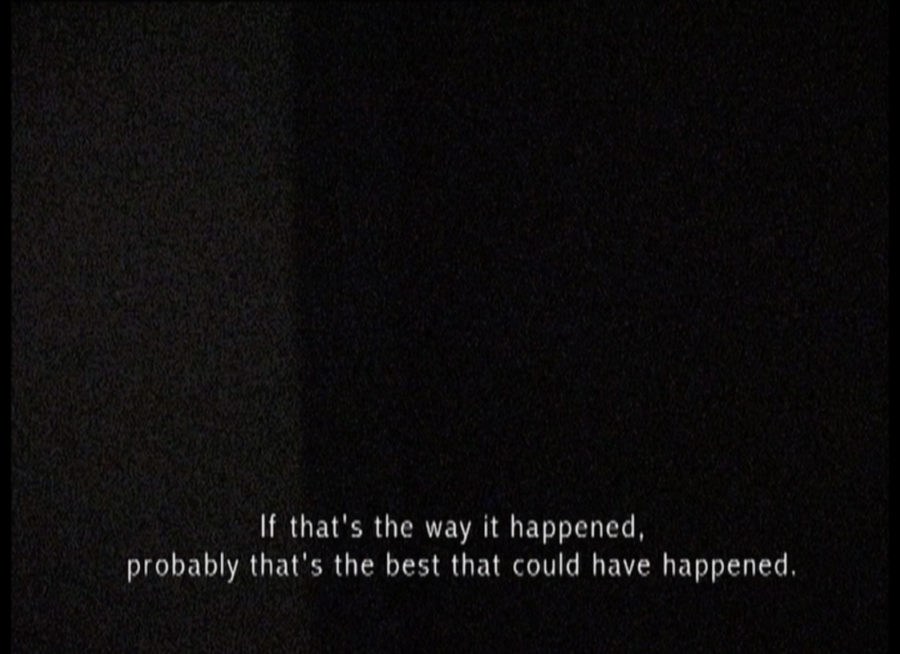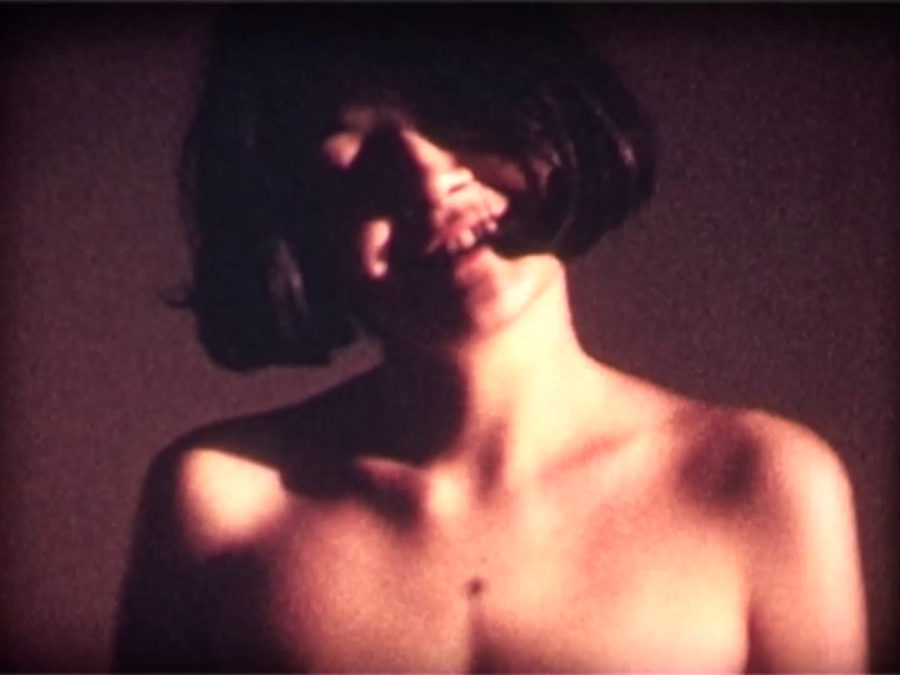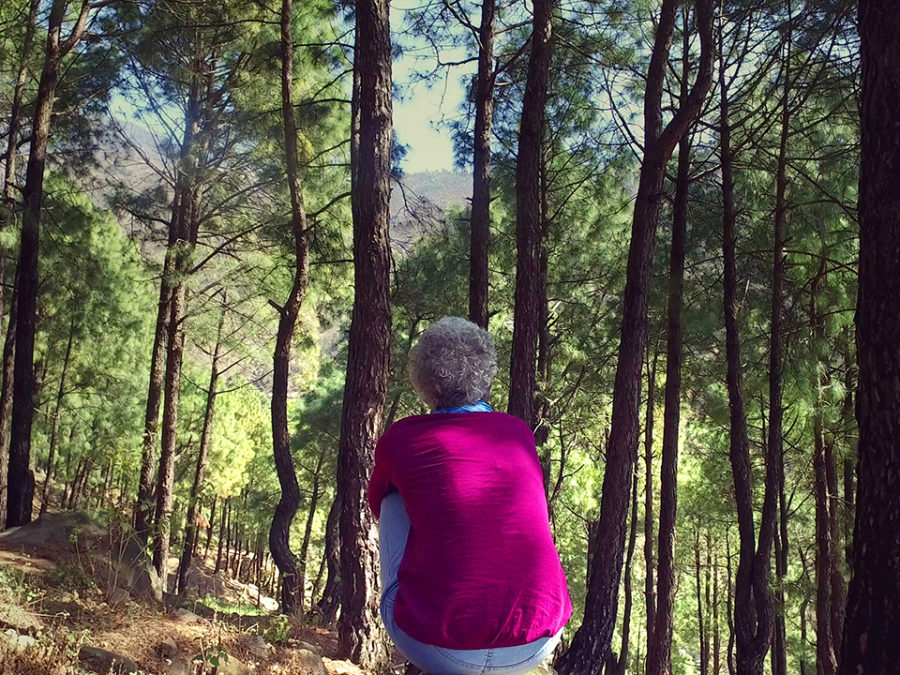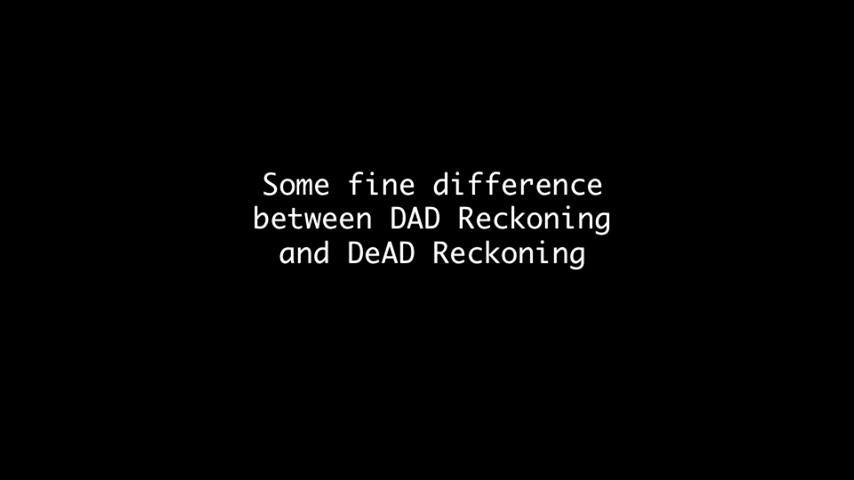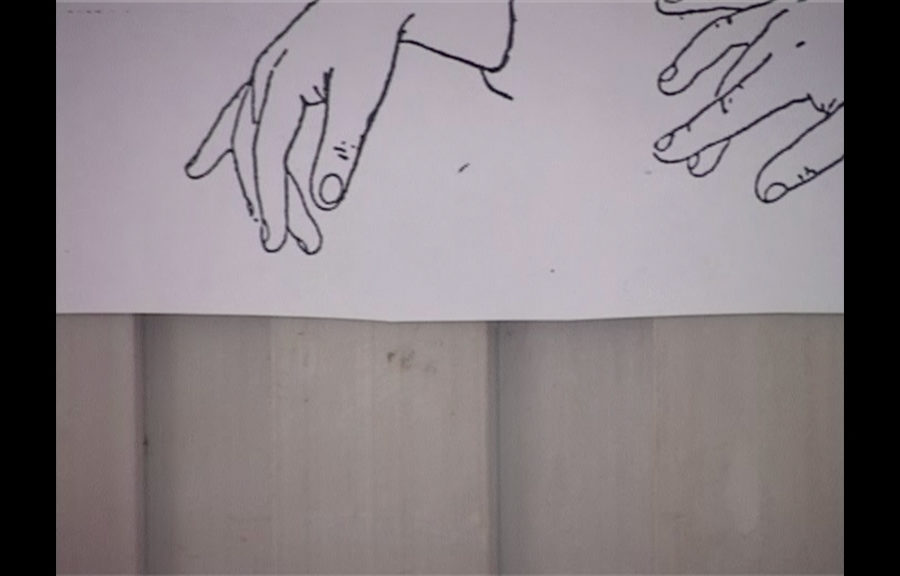In 1964, a year after her mother’s death, Simone de Beauvoir published an account of the final six weeks of her mother’s life in A Very Easy Death. What the title’s “easy” refers to is not a lack of suffering – most certainly not – but the entrenchment of class privileges operating in death (a great leveler, they say). This also extends to what was already in the 1960s a dwindling luxury of social relations mediated through the notion of bourgeois family with all its neurotic oppressiveness. Here was a classic mother-daughter drama, a generational split, ambivalent feelings, and surgical analytical coolness worthy of a proper everyday tragedy.
Thanks to my early childhood I had a confidence in myself that my mother did not possess in the least: the road of argument, disputation – my road – was closed to her. On the contrary, she had made up her mind to share the general opinion: the last person who spoke to her was right. […] So she remained woolly-minded and she went on saying yes to everything and being surprised by nothing. In her last years she did attain some kind of coherence in her ideas, but at the time when her emotional life was at its most tormented she possessed no doctrine, no concepts, no words with which to rationalize her situation. That was the source of her bewildered uneasiness.*
The “MM” in Milica Tomić’s video Portrait of MM (1999) stands for the expression “my mother” as well as the name of the once popular Belgrade and Yugoslav actress and public persona Marija Milutinović. In her life, MM went through different transformations, which mirrored, in radicalized form, the wider ideological transformations of late Yugoslav society. Marija Milutinović became an actress in the late fifties, when she graduated from the University of Arts in Belgrade with her performance in The Bald Soprano by Eugene Ionesco. Later she discovered spirituality and became intensely religious during the 1990s.
The story begins with an overarching question that, in a way, resonates throughout the entire film: Is there anything you are ready to give your life for? This is the question the figure of the mother tenderly addresses to her daughter, as if life were to mean nothing without the principle of full dedication or some kind of ‘higher reason.’
The film unfolds as Milica Tomić walks between her house and the home of her mother during the period of the NATO bombings of Belgrade in 1999. The artist uses the first person POV camera, symbolically simulating the impossible point of view of the ‘smart bomb’ – a precision-guided satellite missile system used at the time. Throughout the film, we hear the conversations between mother and daughter. Meanwhile, on the way to its ‘target,’ the ‘camera-bomb’ records the pathological normality of everyday life in the streets of Belgrade, detached from the real situation. Only at the end of the film, in the silence in which the flicker of an eyelash rumbles like a thunderclap, do we see the mother and the daughter meeting face to face and embracing each other.
* Simone de Beauvoir, A Very Easy Death, (Pantheon Books, New York, 1965), pp. 31-32 (eBook)
Artist: Milica Tomić
Camera: Aleksandar Ilić
Editing: Miloš Stojanović
Sound Design: Mića Zajc
Sound Mix: V. Korać
Translation: Steve Agnew
Editing Studio: Raketa
Sound Studio: Simkemusic
Thanks: Marija Milutinović / Branka Petrić / Miodrag Tomić / Mića Tomić / Miša Janketić / Olivera, Vlada, Majka / Damir Pavić / Kukica Pavić / Vera Zloković / Branimir Stojanović / Vanja Stojanović / Dragica Petrović
Milica Tomić explores different genres and methods of artistic practice that center on investigating and discussing issues related to political violence, its economic underpinnings, and social amnesia. Tomić is a founding member of a new Yugoslav art theory group Grupa Spomenik (2002); she conceived and initiated the Four Faces of Omarska project and the Working Group FFO (2010). She has participated in numerous projects and international workshops as an artist, researcher, and lecturer and has exhibited widely. Since 2015 she has acted as chair of the Institute of Contemporary Art at the Technical University in Graz, Austria.
